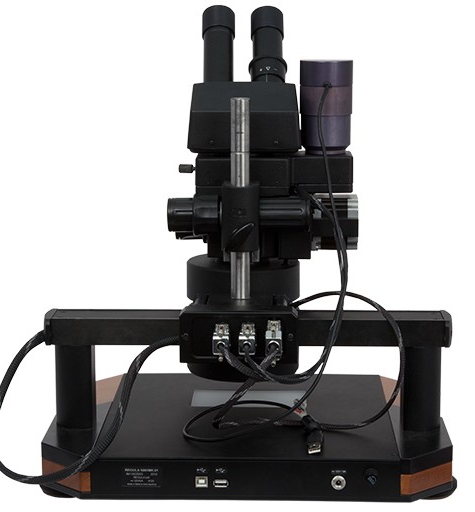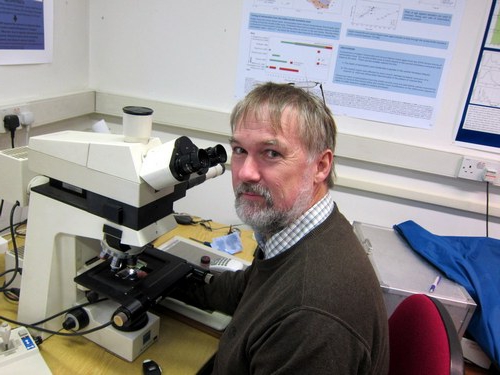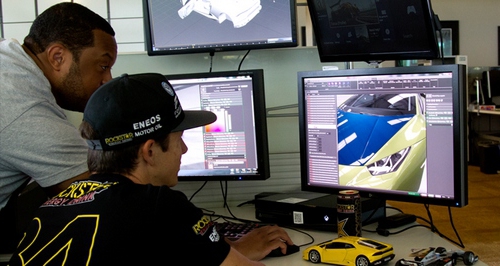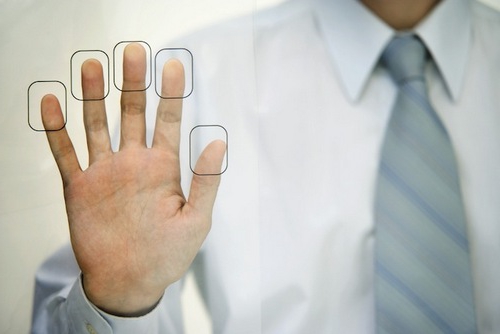Traceological examination of traces is one of the forensic procedures. In investigative practice, it is used to solve identification and search problems. A traological examination is carried out in the course of pre-trial and judicial measures. 
Classification
Depending on the used methods and subject specifics, 7 types of research are distinguished:
- Homeoscopic (prints of people).
- Mechanoscopic.
- Examination of locks.
- The study of fillings.
- The analysis of prints of production mechanisms on objects.
- Transport expertise.
- The study of animal prints.

Subject of study
Forensic trasological examination is carried out to study the prints of legs, teeth, hands, clothes, shoes, tires, as well as the state of mechanisms, tools, locking devices, vehicles, seals, various parts of objects and so on. This analysis is performed for individuals and law enforcement. The subject of research is the establishment of factual information in the process of studying fingerprints to determine the mechanism of their appearance and the object that left them.
During a mechanoscopic examination, mechanical damage to clothing is examined. Their analysis sometimes allows you to identify, but most often establish the group affiliation of the object with which they were applied. Usually, there is a need to study materials that contain descriptions of injuries formed on the body. In some cases, a comprehensive study is conducted with the participation of the forensic material scientist, physician and other specialists. When assigning all types of analysis (except for studying animal prints), the resolution must indicate whether the tool, car, product, fragments and details of the object have undergone any changes since the moment the act was investigated. If they took place, it is necessary to indicate their nature. This issue is being solved by conducting a comprehensive study jointly by technicians and trasologists. When investigating accidents through such an analysis with the participation of material experts, identification problems can be solved in case of detection on clothing and other physical evidence particles of car paint, and on the vehicle itself - foreign fragments, particles of clothing items of the victim. 
Issues of Trasological Expertise
Fingerprint researchers are faced with identification and diagnostic tasks. The purpose of the traological examination is to establish the identity of tools, animals, mechanisms and people or group their affiliation. In addition, the study determines:
- Suitability of prints for identification.
- The period of appearance of the traces.
- The mechanism of education.
- Sequence of appearance.
- Technical condition of the vehicle or item.
- Causal relationship.
The listed tasks should be considered typical. The decision on the traological examination should individualize the object of study quite clearly.
Features of work
As part of the study, experts detect and record traces. This greatly facilitates the implementation of all stages of the operational-search activity. A traological examination is carried out to identify fingerprints within the circle of suspected persons, to establish the instrument, the subject by which the crime was committed.For high-quality research, a lot of possible data are obtained that were obtained in the process of examining a place or object. For an objective assessment and drawing up a conclusion, experts take into account the testimonies of witnesses. 
Trasological examination in accidents
Accidents on the roads are a frequent occurrence. In case of an accident, the motorist has the opportunity to contact the insurance company for damages. To do this, he must have an appropriate contract and policy. However, not in all cases, companies pay immediately. Insurers often require proof of driver innocence in an accident. If the time has passed for the collection of papers in the traffic police and, accordingly, there is no conclusion, the solution will be a traological examination.
What will the study reveal?
Trasological examination will allow to establish the direction and time of movement of the participants in an accident. Experts, having analyzed fingerprints on the carriageway, not only identify the vehicle, but also directly determine the mechanism of the accident. A detailed study of fingerprints on vehicles, their details, separated fragments allows you to fully compose a picture of the incident. 
What is investigated in an accident?
Experts study:
- Vehicles and their parts, other items of the accident situation.
- Imprints of tires and cars.
- Scratches, dents and other marks caused by the contact interaction of machines with each other, as well as with other objects.
- Case materials.
- Photos from the scene of an accident.
- Clothing affected.
Upon completion of the study, a conclusion is drawn up. It acts as the basis for determining the guilt of any participant in the incident, as well as the necessary argument for the insurance company. 
Lawsuit
In some cases, the motorist has to prove innocence in court. In such situations, any details, documents, testimony are important. One of the acts of substantial evidentiary value is the conclusion of a traological examination. Specialists carefully and consistently study the materials received in the case, inspect cars, other items involved in the accident. The analysis solves such problems as:
- Determining whether traces appeared on the provided vehicle from another vehicle.
- Determining the type of object that left traces. It can be another car (car, truck), motorcycle, moped, pole, tree and so on.
- Definition of the model of the vehicle that left the prints.
- Establishing which particular part (part) was left a trace.
- Determining the direction of movement and the angle of collision.
- Setting the driving mode. This can be skidding, braking, slipping and so on.
- Assessment of the condition of the tread, identification of the mechanism of damage.
- Identification of traces that occurred during an accident.
- Compilation of the mechanism and picture of the incident in general.
A traological examination, therefore, helps to identify the perpetrators and establish the causes of the accident.
